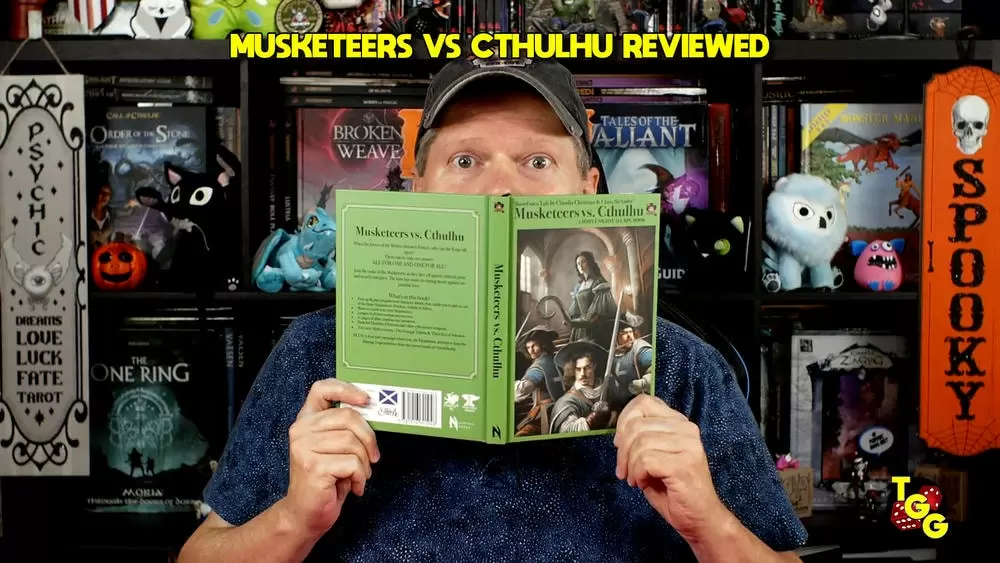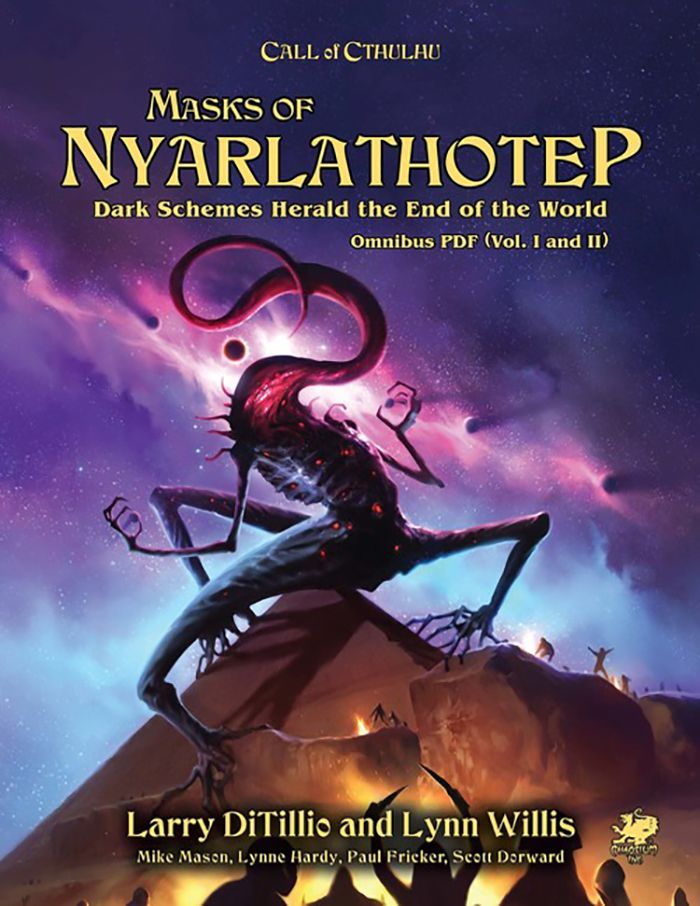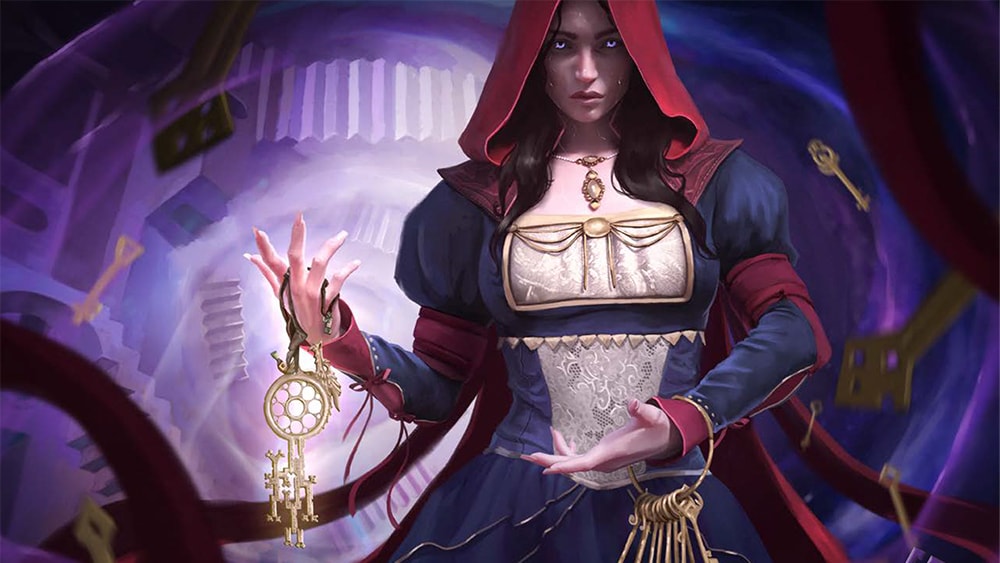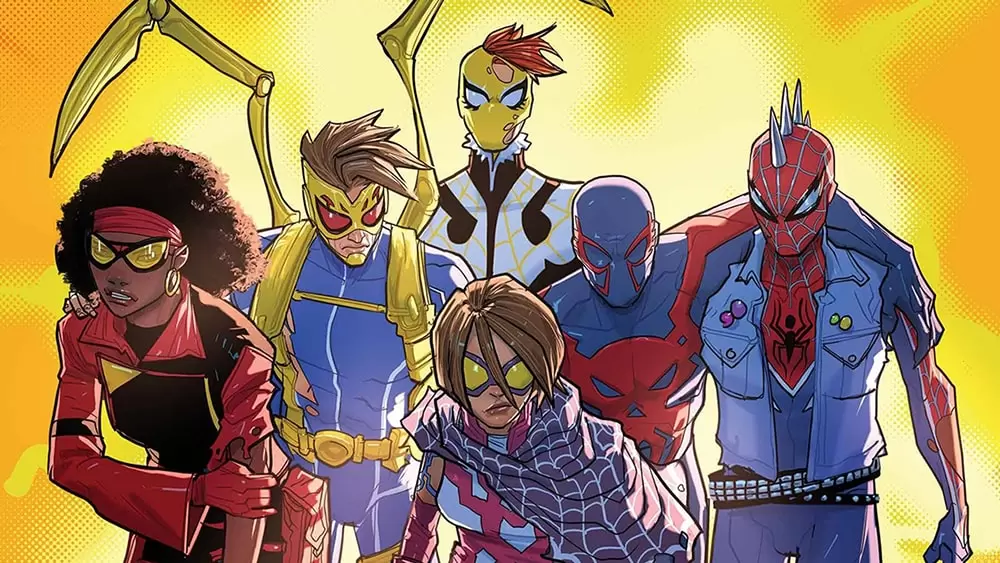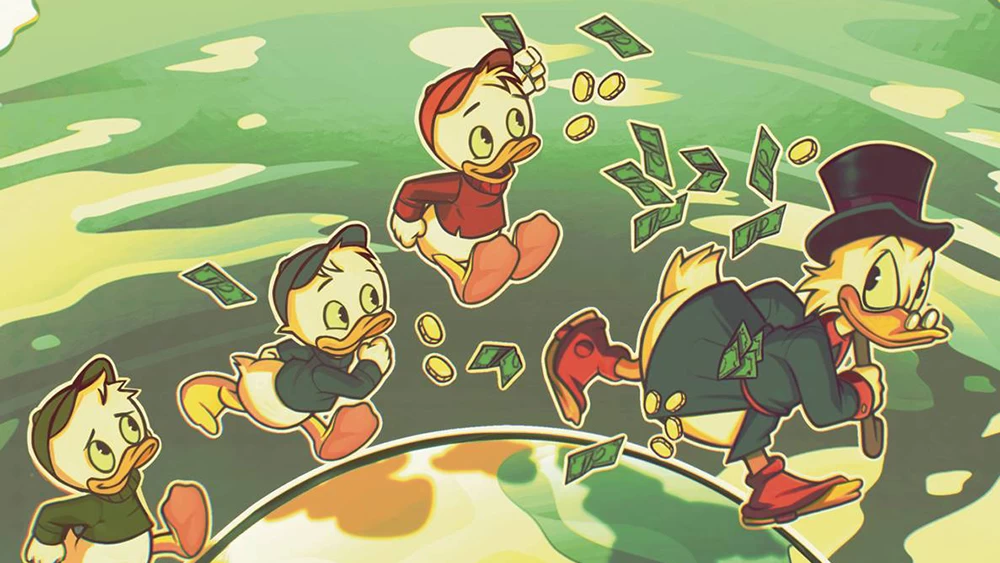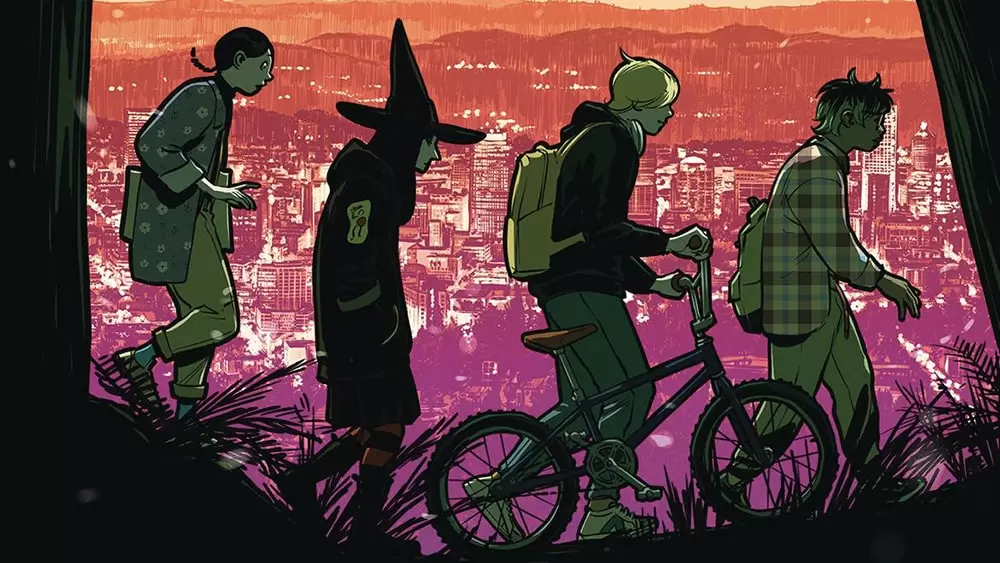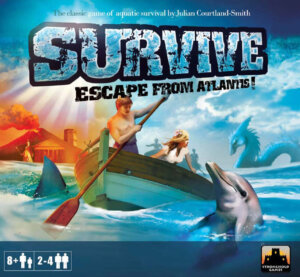
Publisher: Stronghold Games
Designer: Julian Courtland-Smith
Artists: David Ausloos, Julian Courtland-Smith, Stéphane Gantiez, Jean-Brice Dugait, and Andrew White
Year: 2011
Players: Two to four players
Ages: 8+
Playing Time: 60 Minutes
Retail Price: $39.99
How much do I remember about the original versions of Survive and Escape from Atlantis? Nothing. Yes, even though I grew up in the era when it was released, I have no recollection at all of those games. So when I finally managed to get a copy of Survive: Escape from Atlantis for myself, I was able to play it with no preconceptions.
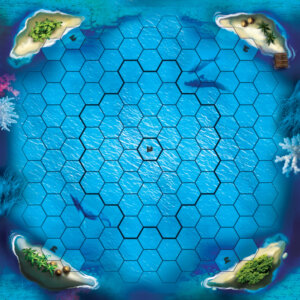
The game is a conglomeration of two games. Both are essentially the same, but the Escape from Atlantis version adds a few more pieces into the mix to give a slightly different experience.
The components for the game are very well done. All of the pieces are wooden. Lots of meeples, some sharks, whales, dolphins, and sea monsters too. There are wooden boats for your meeples to use to escape the sinking island. The board and artwork is nice and colorful. The rules are simple and full color on glossy paper. There are several monster movement dice and a bevy of hexagon tiles of differing thickness. Finally, a nice cloth bag is included to hold the tiles for random drawing purposes.
Initially, I was confused as to why the tiles were of different thicknesses, but as I set up and played the game it made more sense. The beach tiles are thin, forest tiles are medium, and mountain tiles are thickest. They represent the different elevations of the land and was a pretty good idea. The thickest tiles are 6mm, very respectable. I like the pieces too, the sharks fin, the whales back and tail, the dolphins head, all look like they are emerging from the ocean.
When originally setting the game up, I was reminded of Settlers of Catan. That’s probably from the hexagon tiles, though these are smaller . Initially, each player begins by drawing tiles from the bag and placing them inside the island shape on the board, Eventually, you end up with a funky looking island filled with beaches, forests, and mountains.
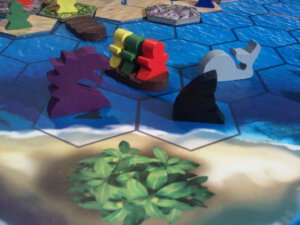
Next each player places their meeples on the different tiles, one at a time. Finally, each player places two boats, and the four sea monsters go in front of the corner islands.
The object of the game is simple. You have to get your meeples off the island and to the safety of the corner islands. Underneath each meeple there is a number, which represent the number of victory points that meeple is worth if they survive. Whoever has the most points when the game ends is the winner.
Each turn, a player first can choose to play a tile from their “Hand”. Each of the tiles has some symbols on their underside which instruct as to how they can be used. Some of these tell you to place a new sea creature somewhere on the board, or a new boat, or can be held by a player for future use. Some can help you avoid sea creature attacks, or give you extra movement. One of the tiles has a volcano underneath it, flipping this one over indicates that the volcano has erupted and the game is over. Any meeple who did not make it to safety has been destroyed and everyone counts up their scores.
After deciding whether or not to play a tile, the player can move meeples or boats a total of three spaces. Slowly, inexorably, you move your meeples to the boats and then move the boats to the corner island. Once they disembark onto one of the islands they are safe.
After movement, it’s time to remove a land tile. The island is sinking, so each player removes one tile on their turn. The beaches are the first to go. Then the forests, and finally the mountains are the last tiles to sink (be removed). This is your first opportunity to stick it to one of your fellow players. You can choose a tile that has a meeple on it, thereby plunging the hapless meeple into the ocean. You look at the reverse of the tile and perform the action on it. As mentioned before, some of the tiles can be saved for later use, while others are used immediately.
At that point, you need to start worrying about the sea creatures. If a shark ends up in the same tile as a swimming meeple, the meeple becomes dinner. You are safe if the meeple is in a boat though. A whale will destroy any boat in its space, but swimmers are safe from whales. Sea serpents destroy both occupied boats and swimmers.
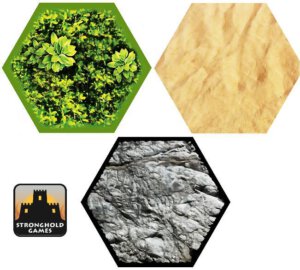
Finally, you roll the die and move a sea creature. The die shows which creature you can move. The object is to move the creature toward your opponents in the hopes of eliminating some of the competition.
Play continues until the volcano tile is flipped over, at which point the scoring occurs and a winner is declared.
So, this is a fast paced game. You can easily finish a game in under an hour. This game was a lot of fun. It was easily learned in a few minutes, and we really enjoyed the “Take That” aspects of the game. This may not appeal to some. The younger kids might get a little upset, as will the more sensitive adults. If you don’t like games where you have to attack other players, then you should avoid the game.
The only difficulty I had was the symbols on the underside of the tiles. The symbols make the game language independent, but it also means you have to keep the rulebook close so that each player can look up their meaning. There are only about ten different symbols to learn, but it does take a few plays to learn them.
My only other minor quibble was that there was no rule for breaking a tie. It seems that ties will occur on occasion, but nothing in the rules says what happens if you tie. We assumed that it was just a tie and both won, but I’d prefer some rule.
The last few pages of the rules have variations that you can use in your game. Escape from Atlantis is one of the variations that introduces the dolphins meeples. The dolphins can protect swimmers while they are trying to escape. It also introduces using two different dice, one that includes the dolphin and a second that determines the number of spaces you move the sea creatures when you roll. It adds a little more strategy to the game, and the dolphins are cute.
I still need to pick up the giant squid, which was offered by Stronghold as a promotion. That looks like it will add some more fun to the game.
Overall, I really liked playing Survive: Escape from Atlantis. The kids liked it too. The game is light and easy enough to be a gateway game. The fast play means you can get a game in at the start of game night while waiting for everyone to show up.
Now I’ve come to discover that there is a 5-6 player expansion out for the game, so one of my cons has been eliminated before I could even publish the review.
[rwp-review id=”0″]
- Chivalry & Sorcery Fifth Edition Reviewed - Nov 3, 2024
- Campaign Builder: Castles & Crowns Reviewed - Nov 2, 2024
- The Roleplaying Game of the Planet of the Apes Quickstart | First Look and Page-Through - Nov 1, 2024




